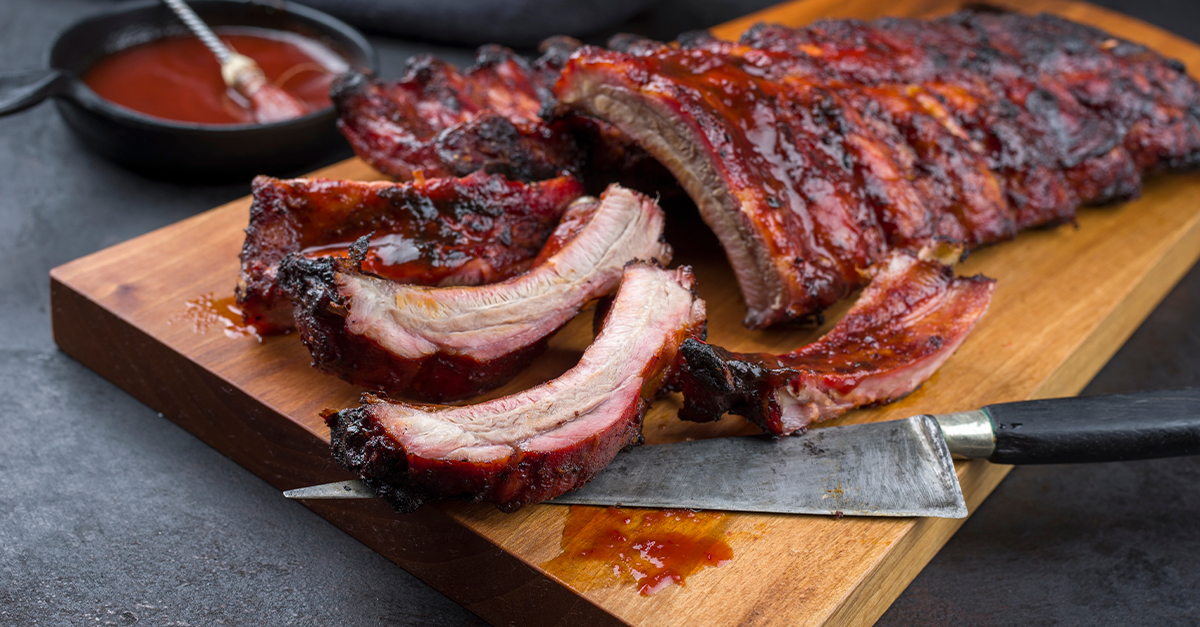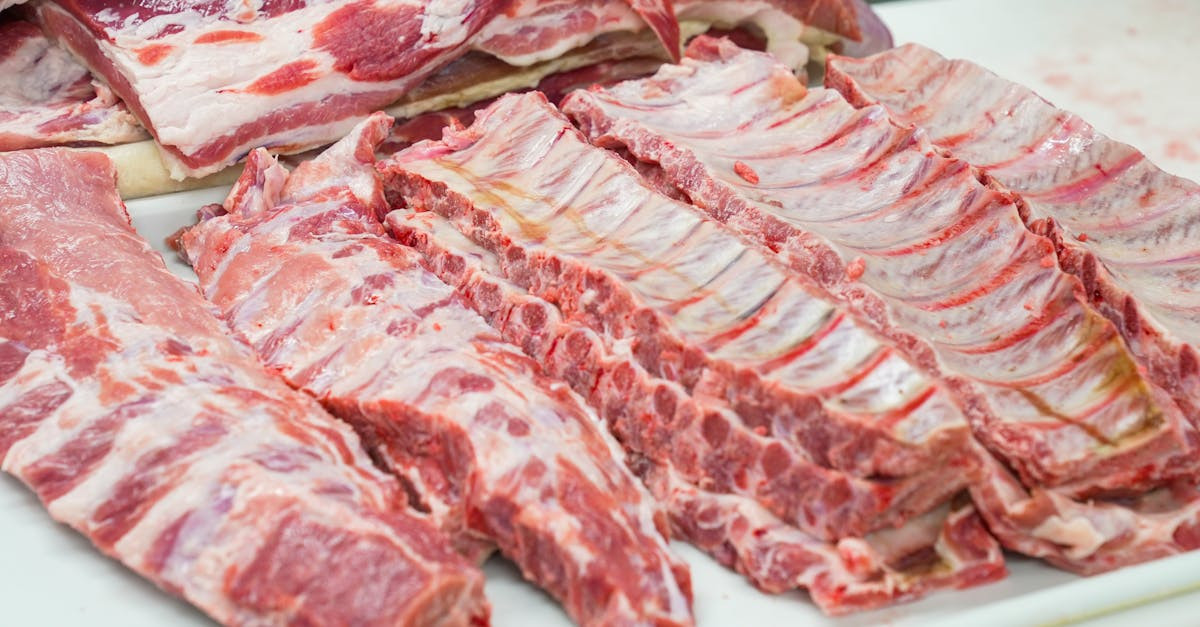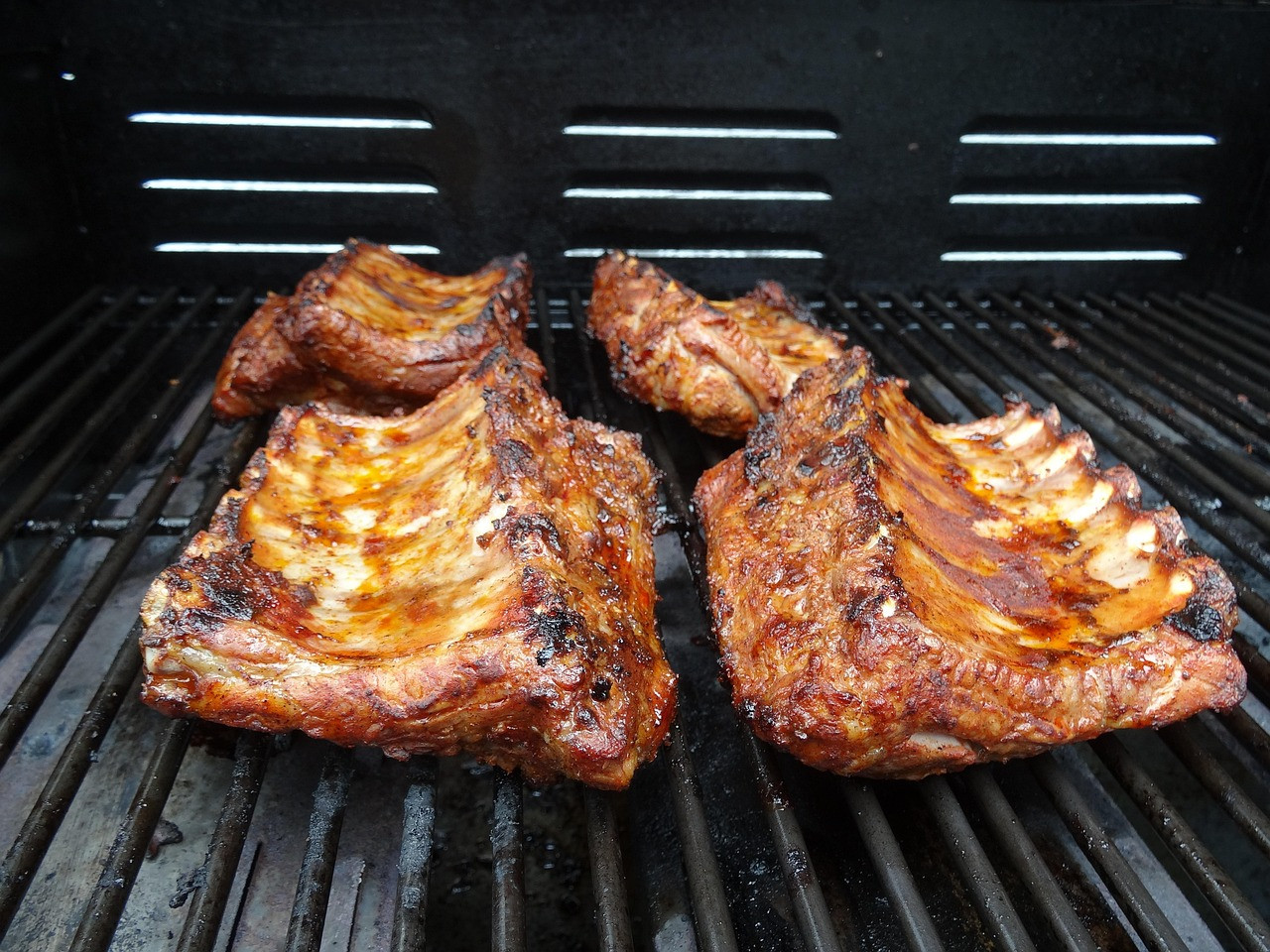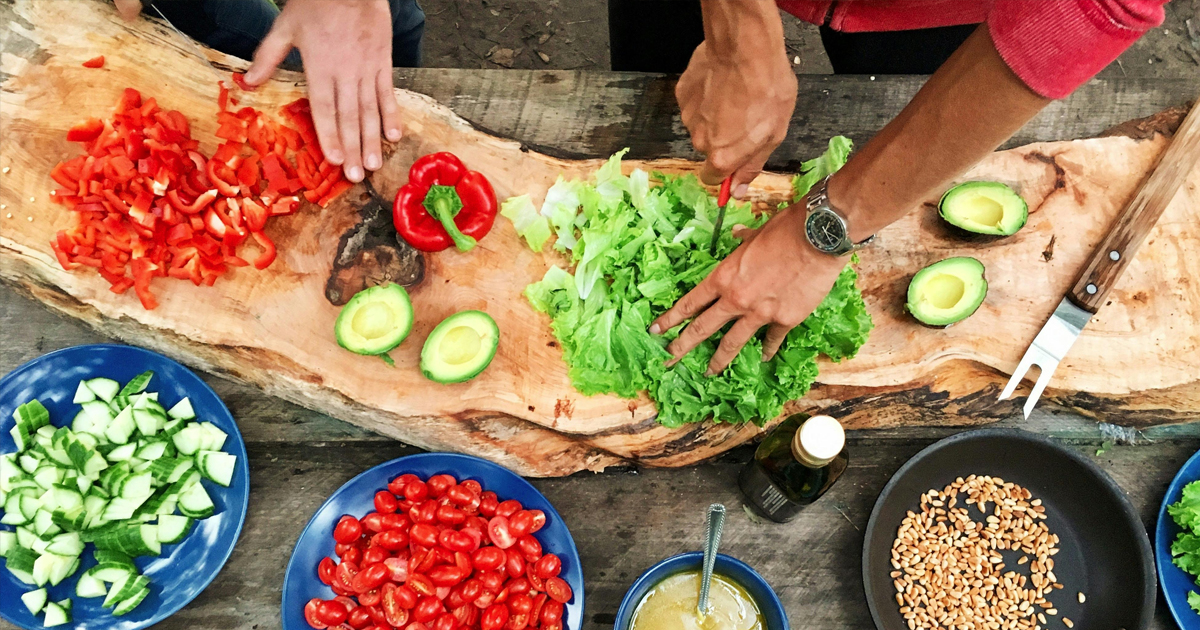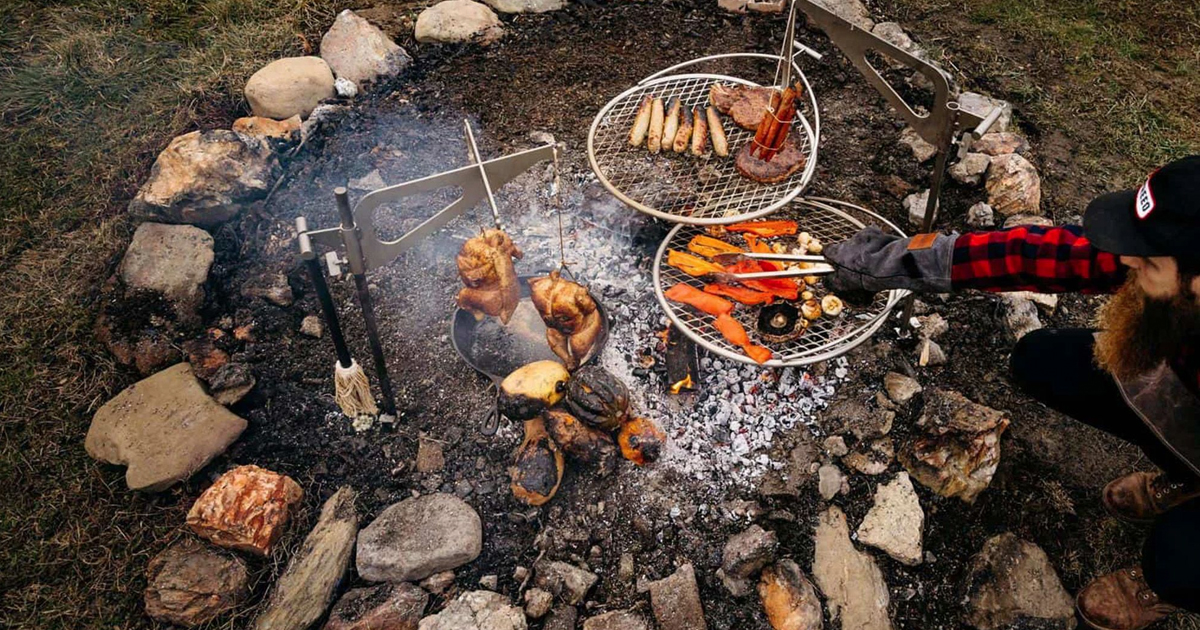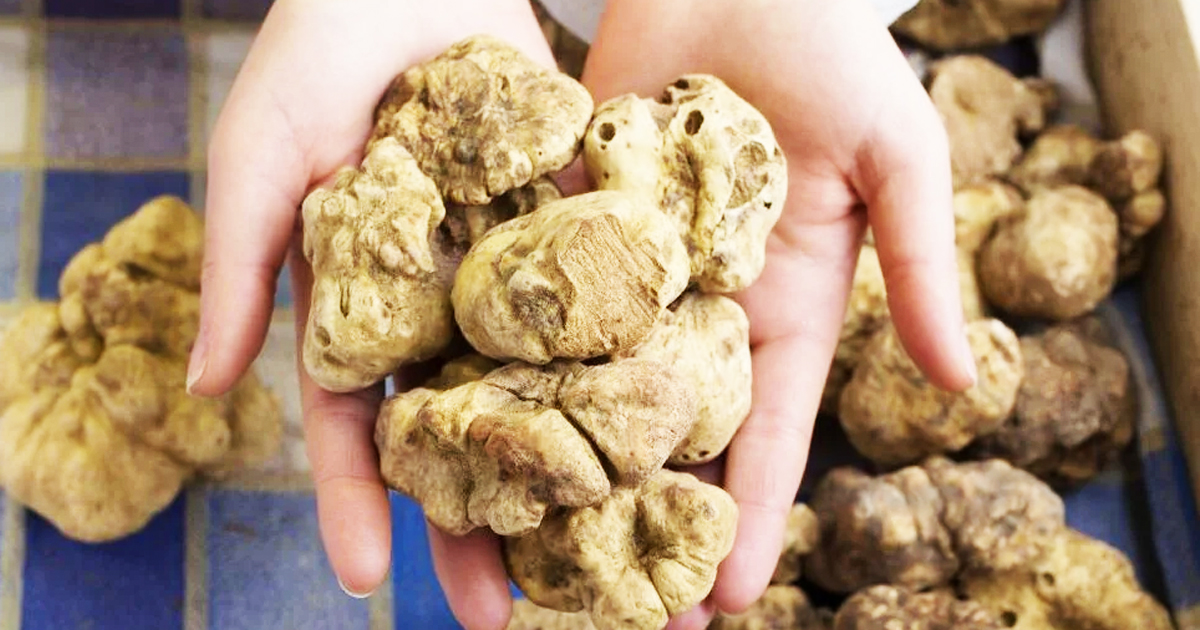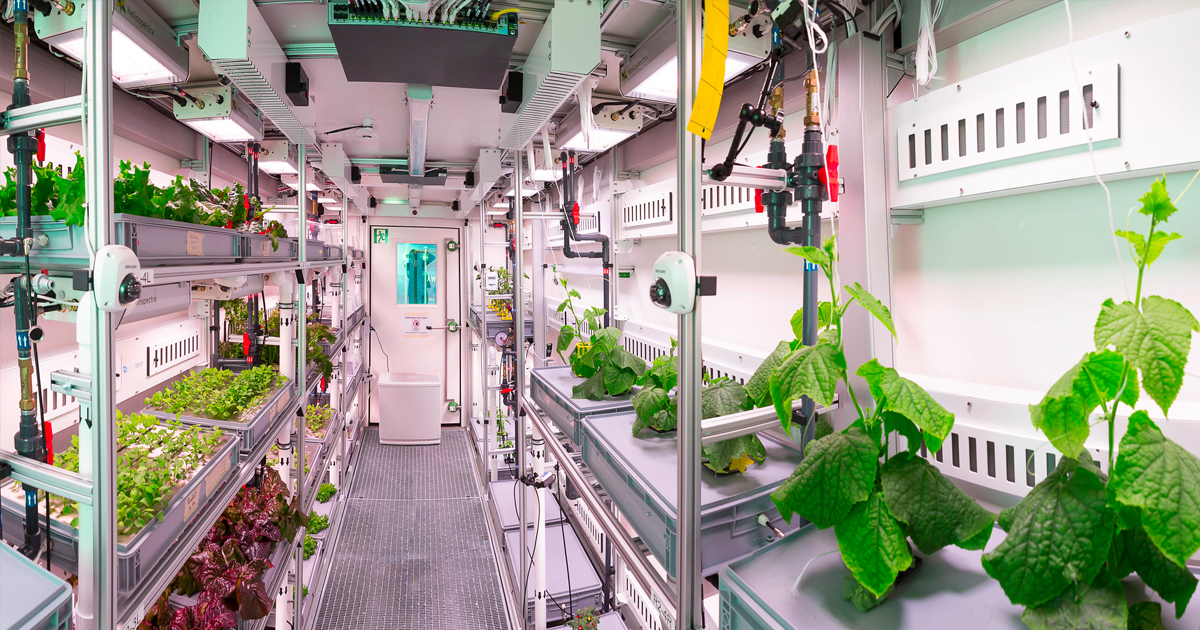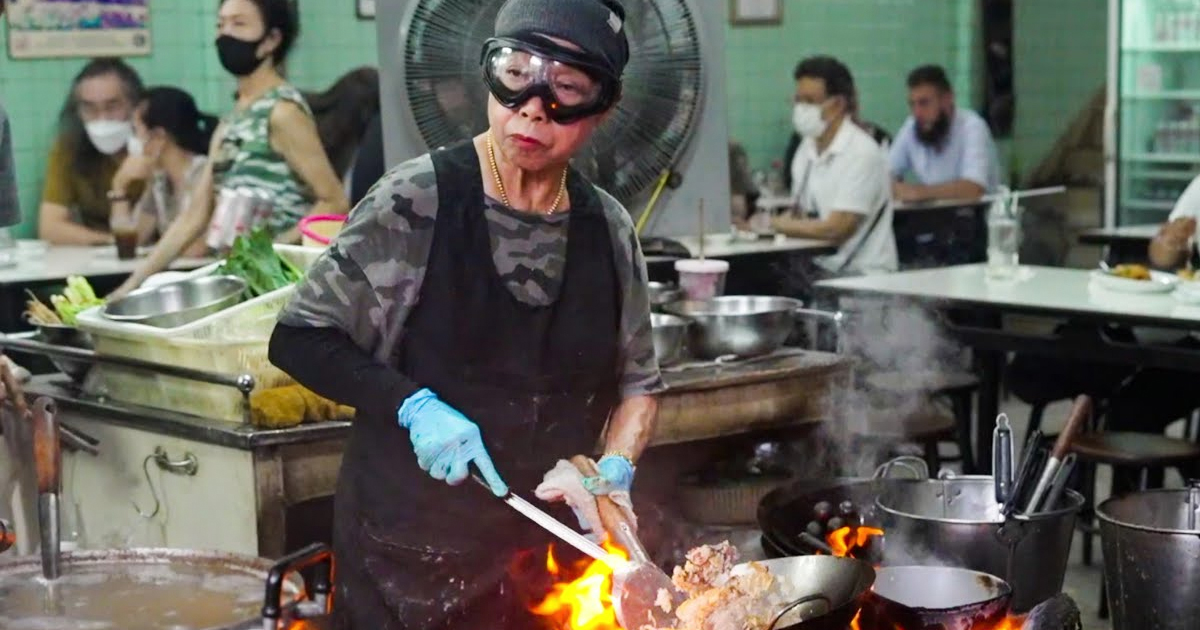Few meals impress like tender, flavorful ribs, but getting them perfect can be tricky. Many cooks ruin ribs by rushing or doing things in improper ways. With patience and proper methods, you can enjoy restaurant-quality ribs right from your own kitchen or grill.
Skipping The Membrane Removal
A very common rib mistake is to forget to remove the silver skin, or membrane, from the back of the ribs. This thin, tough layer prevents seasonings from penetrating and makes the ribs chewy. Use a knife to loosen one corner of the membrane, grip it with a paper towel, and peel it away. Removing the membrane helps ensure tender, flavorful ribs with every bite.
Not Seasoning Enough
Great ribs need two things: heat and flavor. Some cooks under-season or skip the dry rub entirely. A generous coating of salt, pepper, paprika, brown sugar, and other spices helps develop a savory crust and rich taste. Allowing the rub to sit on the ribs for at least 30 minutes, or even overnight will add to the flavor dramatically.
Rushing The Cooking Process
Low and slow is the golden rule for cooking ribs. Rushing the process with high heat results in tough, rubbery meat. Whether you’re using an oven, smoker, or grill, ribs should cook at a low temperature—typically around 225°F to 250°F—for several hours. Slow cooking allows the connective tissues to break down, giving you tender, fall-off-the-bone ribs.
Skipping The Moisture
Dry ribs are a common disappointment, often caused by cooking without moisture. Wrapping ribs in foil partway through cooking, known as the “Texas Crutch,” traps steam and keeps the meat juicy. You can also place a water pan inside your smoker or oven to maintain humidity, preventing the ribs from drying out during long cook times.
Over-Saucing Too Early
Barbecue sauce is essential for flavor, but applying it too early leads to burnt, sticky ribs. Most sauces contain sugar, which burns quickly under heat. Instead, wait until the final 20 to 30 minutes of cooking to apply sauce, allowing it to caramelize without scorching. This creates a glossy, flavorful glaze without compromising the texture.
Ignoring The Resting Time
Like steak, ribs benefit from a short resting period after cooking. Letting ribs rest for 10 to 15 minutes allows juices to flow around inside the meat, improving tenderness and flavor. Cutting into them too soon can allows precious moisture to escape, leaving you with dry meat. We don’t want that!
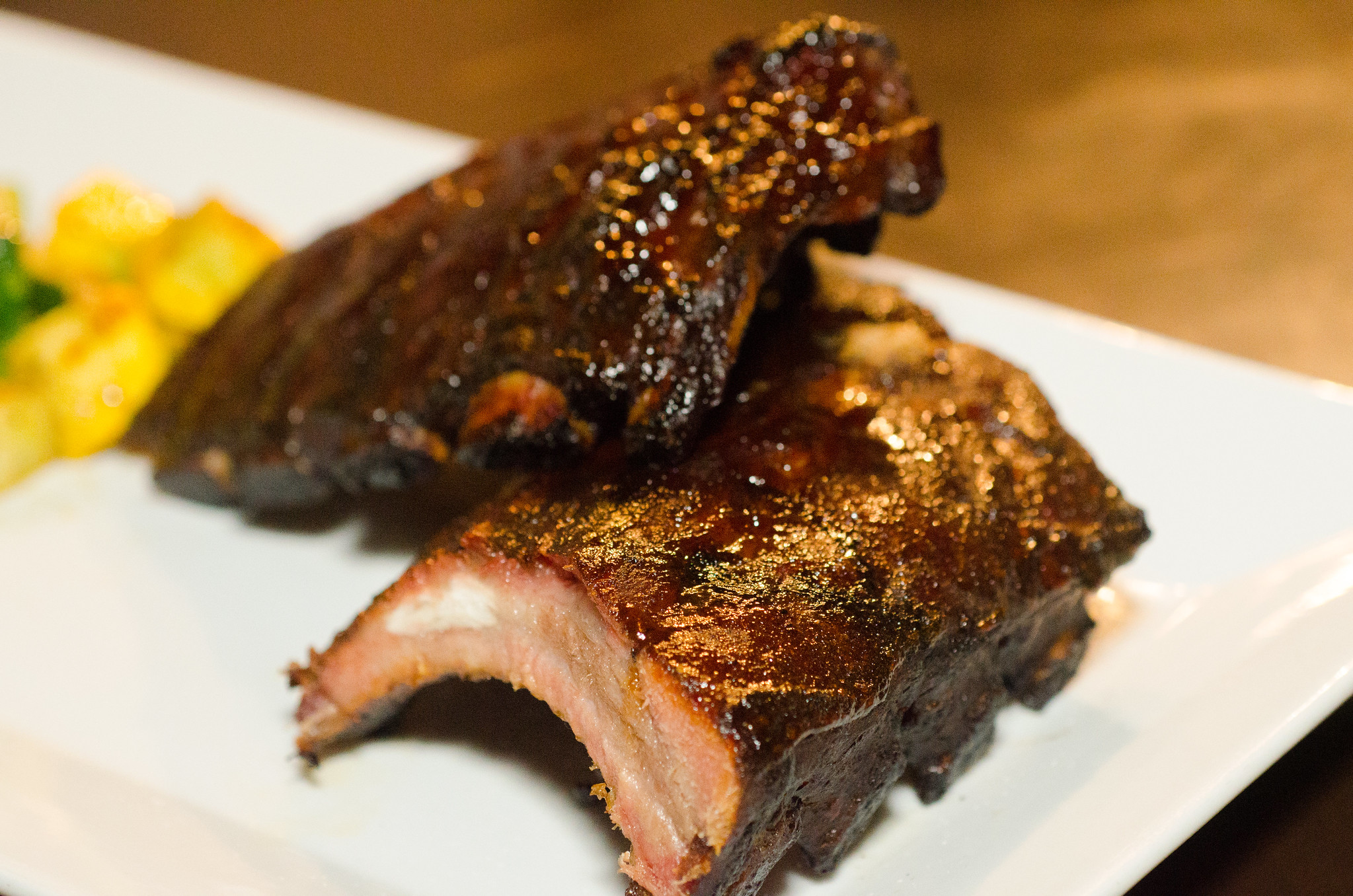 Kurman Communications LL, Flickr
Kurman Communications LL, Flickr
Not Checking For Doneness Properly
Many cooks mistakenly use time alone to judge rib readiness. Instead, look for signs like meat pulling back from the bones or a bend test—when lifted, the ribs should flex easily and crack slightly in the center. An internal temperature of about 190°F to 203°F also indicates perfectly cooked, tender ribs.
Wrapping Up
Great ribs take patience, attention to detail, and the right techniques. Avoiding common simple mistakes like rushing, under-seasoning, or over-saucing can be the difference-maker. By removing the membrane, cooking low and slow, adding moisture, and knowing when to sauce, you’ll enjoy juicy, flavorful ribs every time. Nail these methods down, and your ribs will just get better and better.
You May Also Like:
Common Barbecue Mistakes And What To Do Instead
The Knife Skills Guide: The Proper Way To Cut Your Veggies And Meats

